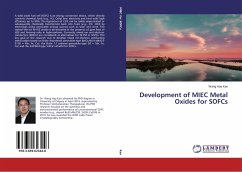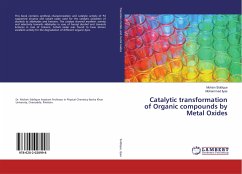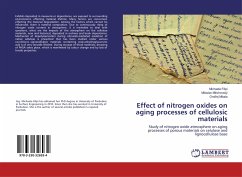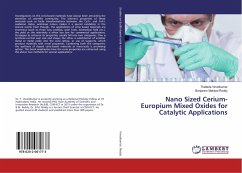A solid oxide fuel cell (SOFC) is an energy conversion device, which directly converts chemical fuels (e.g., H2, CxHy) into electricity and heat with high efficiency up to 90%. The byproduct of CO2 can be safely sequestrated or subsequently chemically transformed back into fuels (e.g., CO, CH4) by electrolysis using renewable energy sources such as solar and wind. The stateof-the-art Ni-YSZ anode is de-activated in the presence of ppm level of H2S and forming coke in hydrocarbons. Currently, mixed ion and electron conductors (MIECs) are considered as alternatives for Ni-YSZ in SOFCs. The key goal of the research was to develop mixed ion-electron conducting metal oxides based on B-site disordered perovskite-type Ba(Ca,Nb)1-xMxO3-d (M = Mn, Fe, Co), the B-site 1:1 ordered perovskite-type (M = Mn, Fe, Co) and the Sr2PbO4-type Sr2Ce1-xPrxO4 for SOFCs.
Bitte wählen Sie Ihr Anliegen aus.
Rechnungen
Retourenschein anfordern
Bestellstatus
Storno








